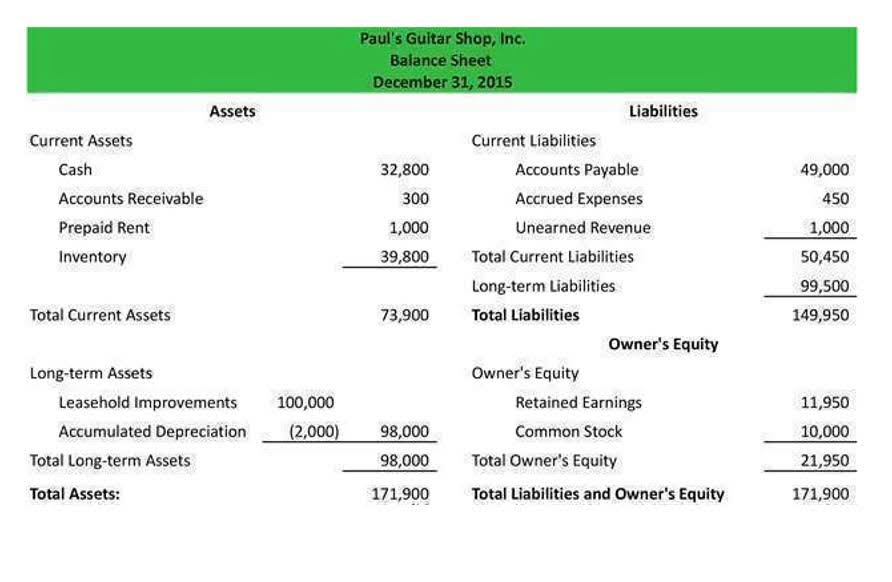
Workers’ comp is insurance that covers medical expenses and lost wages for employees who experience work-related injuries or illnesses. Your experience modification factor represents your company’s history of workers’ compensation claims. It shows insurers whether they can expect your company to make a claim on a workers’ compensation policy, based on your track record. They are different because class codes signify the risk of injury for an employee. A staff who only performs clerical duties will have a lower chance of being injured on the job than an employee who bathes cats and dogs. Read on to learn about the three variables that you use to determine an employee’s workers’ comp rates.

Nearly 10,000 Asda workers received incorrect payslips due to an “IT glitch”, with union bosses suggesting some had been underpaid. The price cap does not limit a household’s total bills – the figures provided are just for an average-use household. Budgets were also “squeezed” by high interest rates, inflation and how to calculate workers comp cost per employee mortgages, said Glenn Rickson, who analyses the UK power sector for S&P Global Commodity Insights. High margins for fuel retailers may mean drivers are still paying over the odds at the pump, according to the competition regulator. GSA has adjusted all POV mileage reimbursement rates effective January 1, 2024.
How To Calculate Labor Rate?
To calculate gross wages, you need to know the employee’s hourly rate and the number of hours worked. By now you should have a pretty good understanding of how to calculate workers’ compensation insurance. A good place to start is with a workers’ compensation policy as a whole. They will also make sure your employees are classified properly and that wages are accounted for in the right manner. If this doesn’t sound like something you are currently experiencing now, then it may be time to find out where and with whom you can get the correct information. After all, your business is too precious to squander all the profits away in an improperly covered claim that could have been avoided.
- The formula for calculating employee cost varies depending on what specific costs are being considered and the context in which it’s being calculated.
- If you’ve been in business for several years without any history of workers’ comp claims, that number might be even lower, as your EMR could be below 1.
- Keep in mind that workers’ compensation insurance companies also consider your company’s history of accidents and other factors to calculate your premium rates.
- For simplicity’s sake, we’ll assume your projected taxable payroll for the year will be exactly $100,000.
- Some states maintain their own workers’ comp fund to provide this coverage.
Staying proactive and flexible with labor budgets helps businesses adapt to market changes and keep labor costs in line with financial goals. Calculating total labor hours accurately is crucial for various purposes, such as scheduling, payroll processing, and tracking employee productivity. To find this rate, divide the change in total labor cost by the change in the number of workers.
Industry Type
You already know that workers’ compensation is an invaluable tool to protect your business. As your company changes, you may want to know how to calculate workers’ compensation cost per employee. This information helps to not only determine your workers’ comp cost, but also evaluate whether your staff levels are efficiently helping you to meet your company’s bottom line. One of the biggest mistakes that causes companies to pay higher workers’ comp premiums is overstating their payroll. They forget to deduct things like overtime premiums for non-exempt employees. An overtime premium is the additional payment made to employees working more than 40 hours a week, typically 50 percent of base pay.